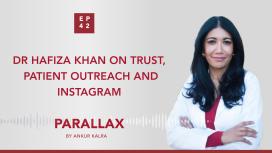
Chemical engineering seemed like a sensible choice for Shon who is coming from a family of engineers. At the age of 18 the trajectory of his path took a turn when he blindly sent out 30 resumes and received one offer from a cardiologist to work in his lab. Looking back, he realizes that this was the first time “who” luck shaped his career in medicine.
This week’s guest on Parallax is Dr Shon Chakrabarti, Vice President Medical Affairs at Inari Medical.
In this rich and candid episode, Dr Chakrabarti recalls the early stages of his career and the non-linear route that led to his transition from an interventional cardiologist to working on devices that focus on improving the treatment of deep vein thrombosis (DVT). This journey was paved by self-reflection, hunger for tangible results, and connections with mentors who dared to dream big and wished the same for their mentees.
How did the transition from bedside medicine to industry shape the identity of Dr Chakrabarti? What are the highlights of his job as the Vice President Medical Affairs? What is his advice for early career cardiologists?
Questions and comments can be sent to “podcast@radciffe-group.com” and may be answered by Ankur in the next episode. Guest, @shonmd hosted by @AnkurKalraMD. Produced by @RadcliffeCARDIO.



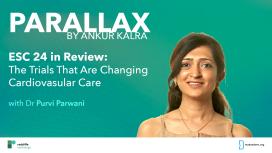
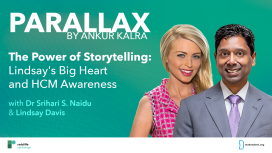
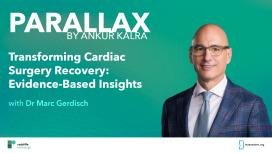
Dr Gerdisch shares insights into his research on rigid sternal fixation and enhanced recovery protocols, which have shown promising results in postoperative pain management and patient recovery.
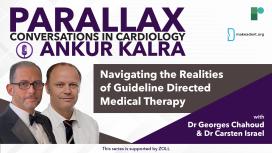
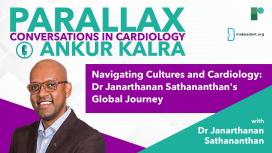
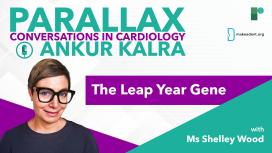



Parallax’s guest this week is Dr Eric David Adler, Medical director of heart transplant and mechanical circulatory support at UC San Diego Health.

How did Dr Gragossian receive her diagnosis? How does she feel about her new reality? What drives her? What is her message to our listeners?
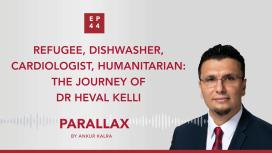
Just after 9/11, Heval, the 18-year-old Syrian Kurdish refugee found a job as a dishwasher. At this point, he was the sole provider of his family. The pressure that comes from being poor did not leave him for many years. Today, he is firm believer in giving back to underserved communities by spreading awareness within the medical community. As he says, well-meaning people of privilege are sometimes afraid to act. What we need is more people to bridge the gap and find ways to help each other.
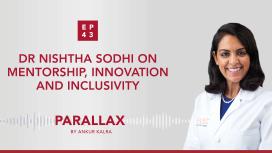
What drives Dr Nishtha Sodhi? What were the formative moments of Dr Sodhi’s career? What are the new frontiers of cardiology?
